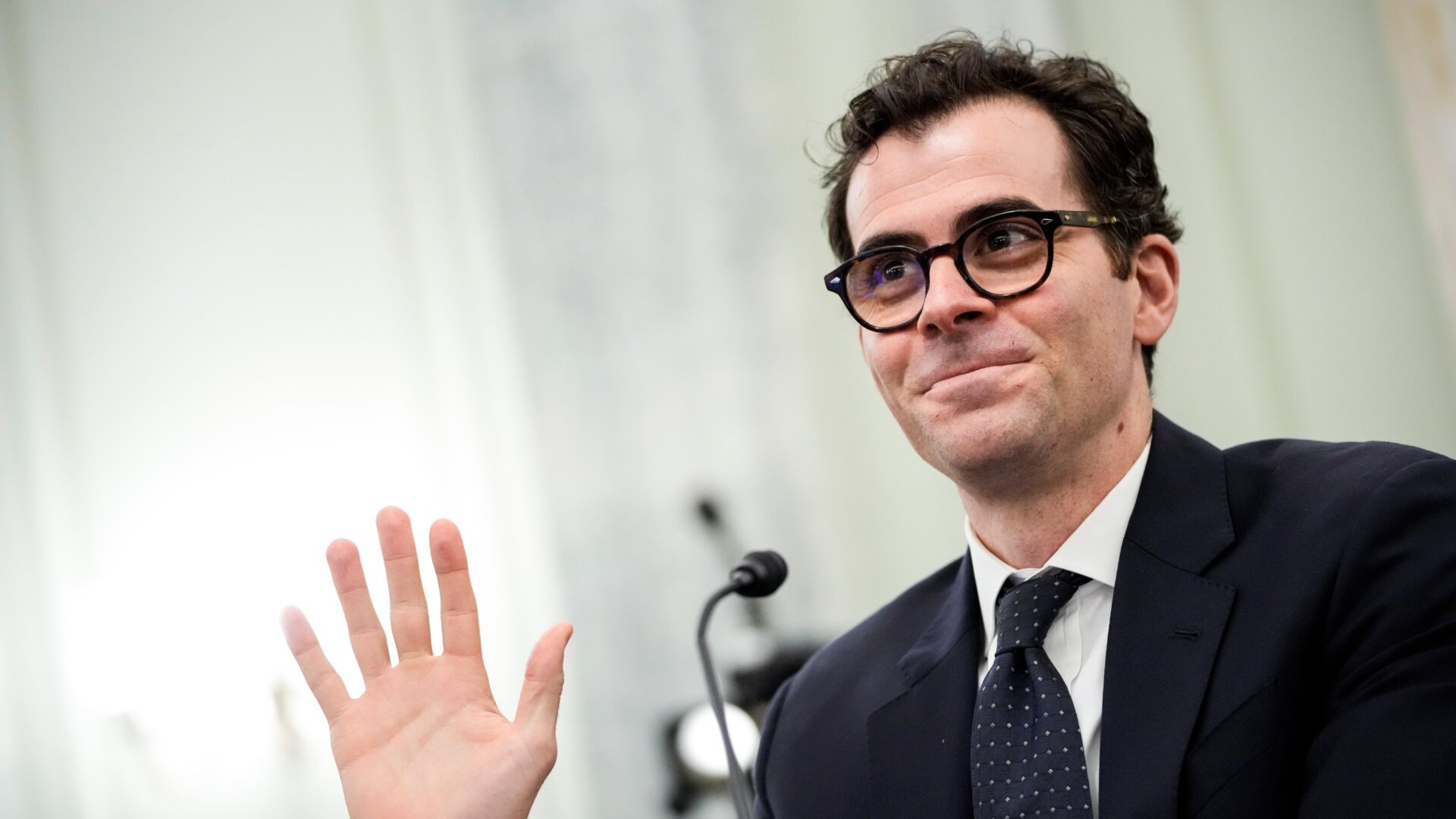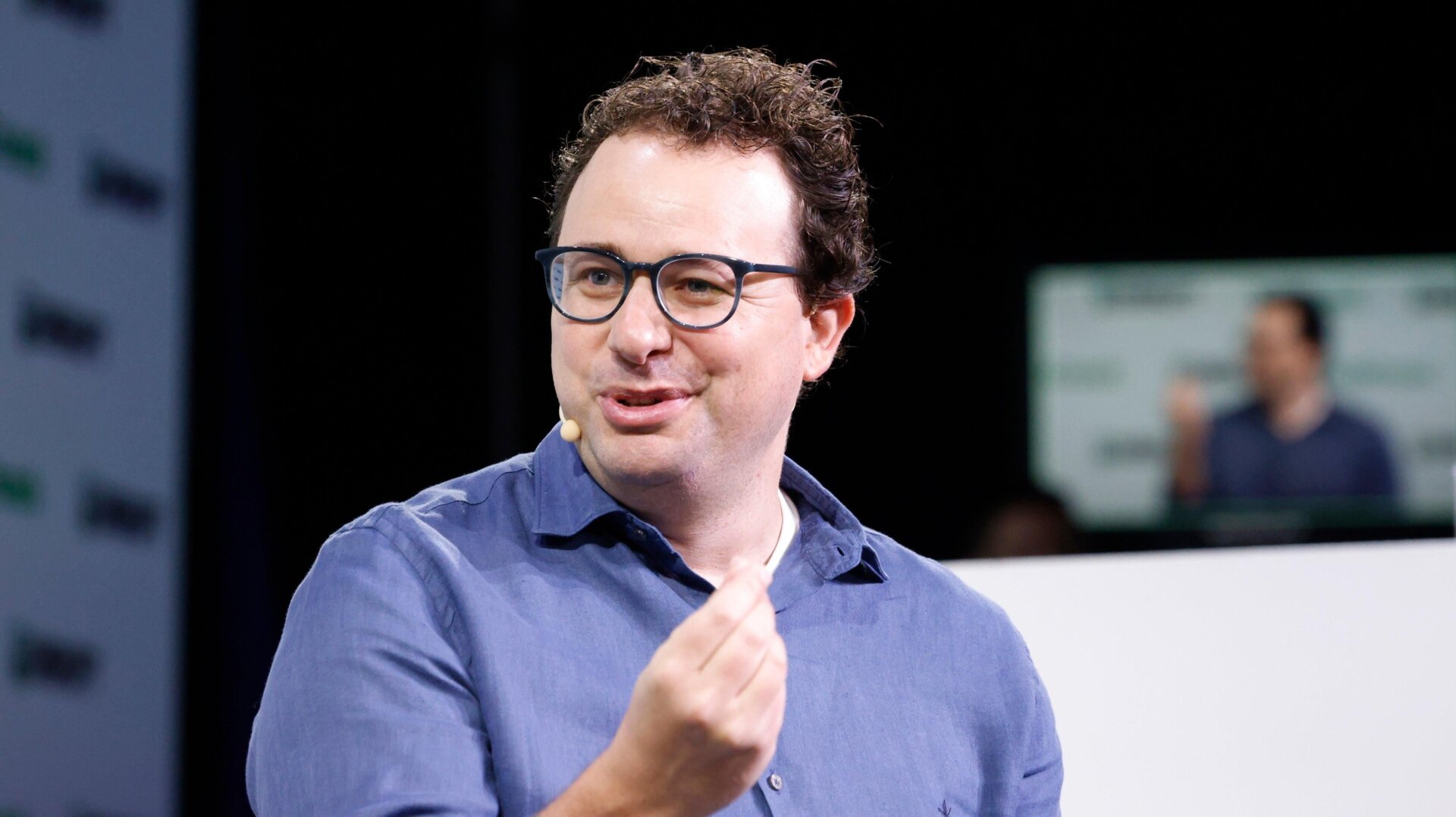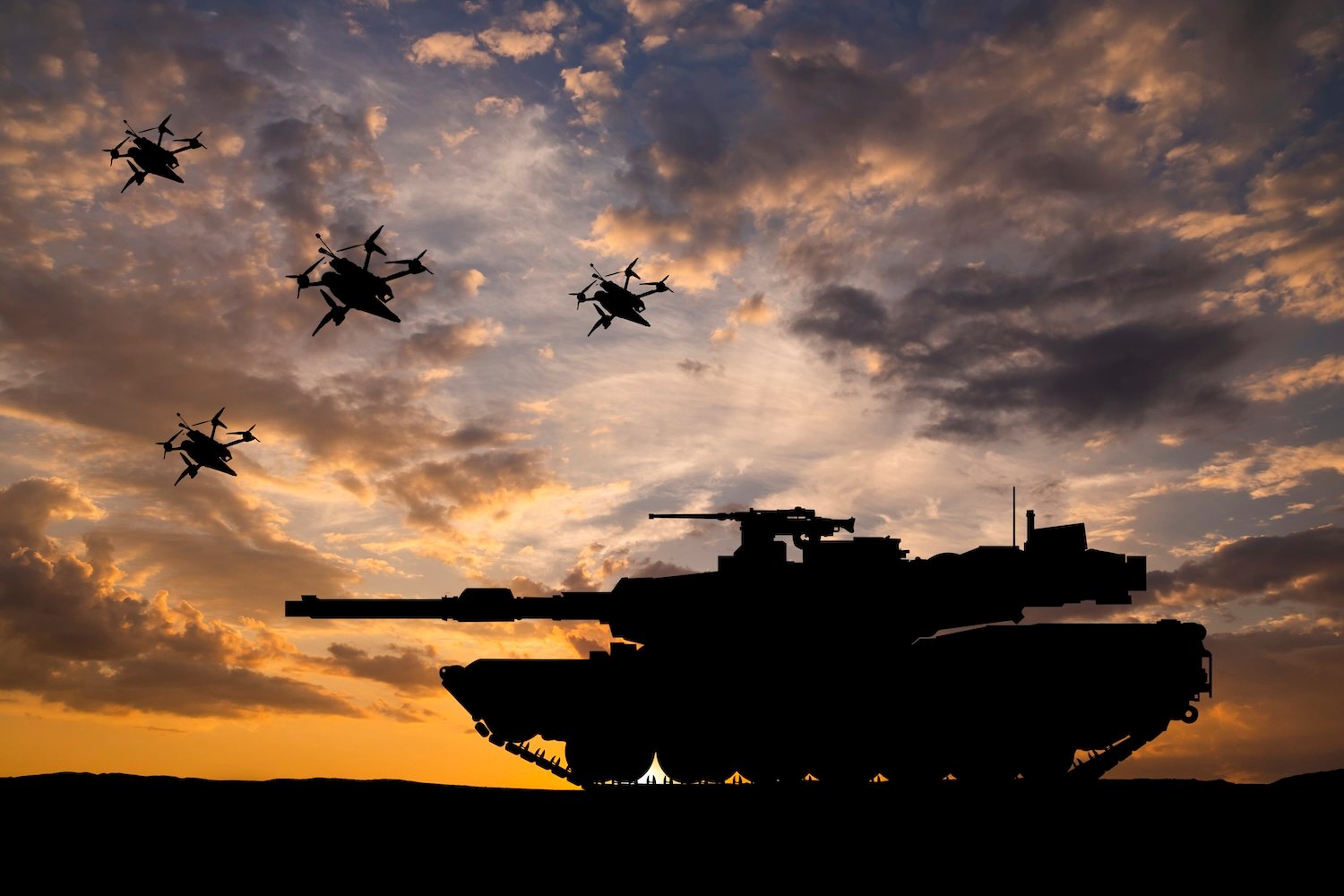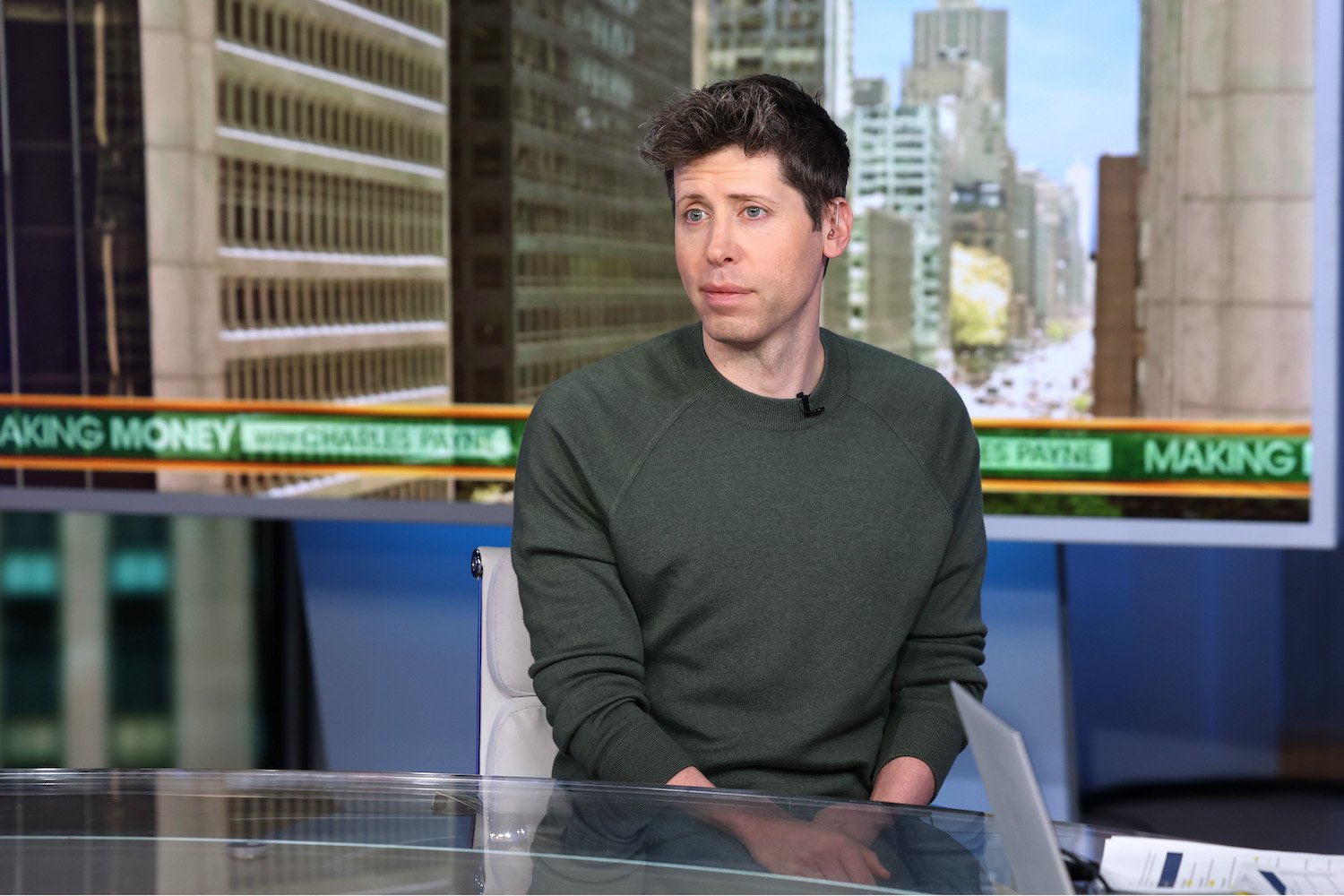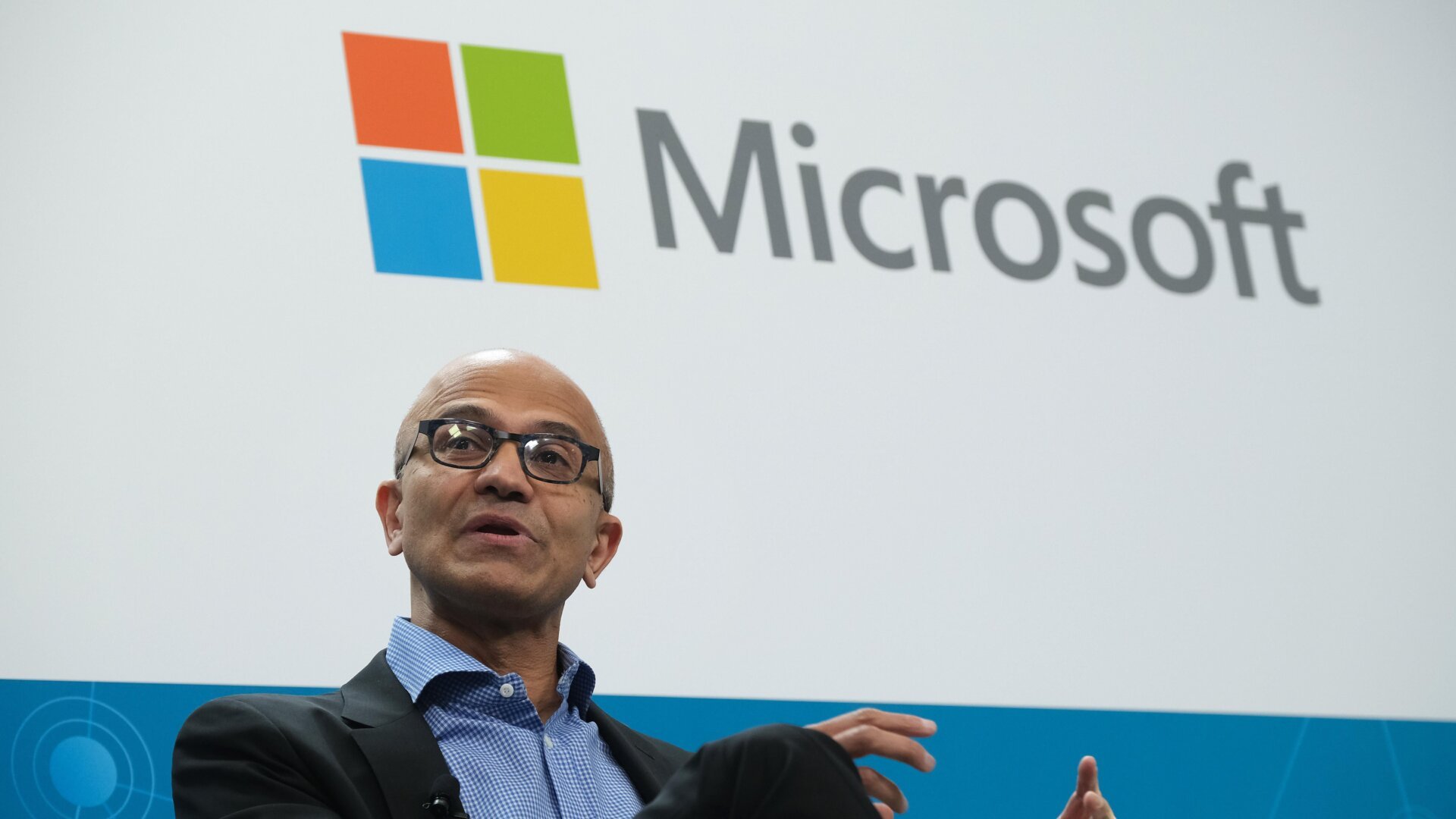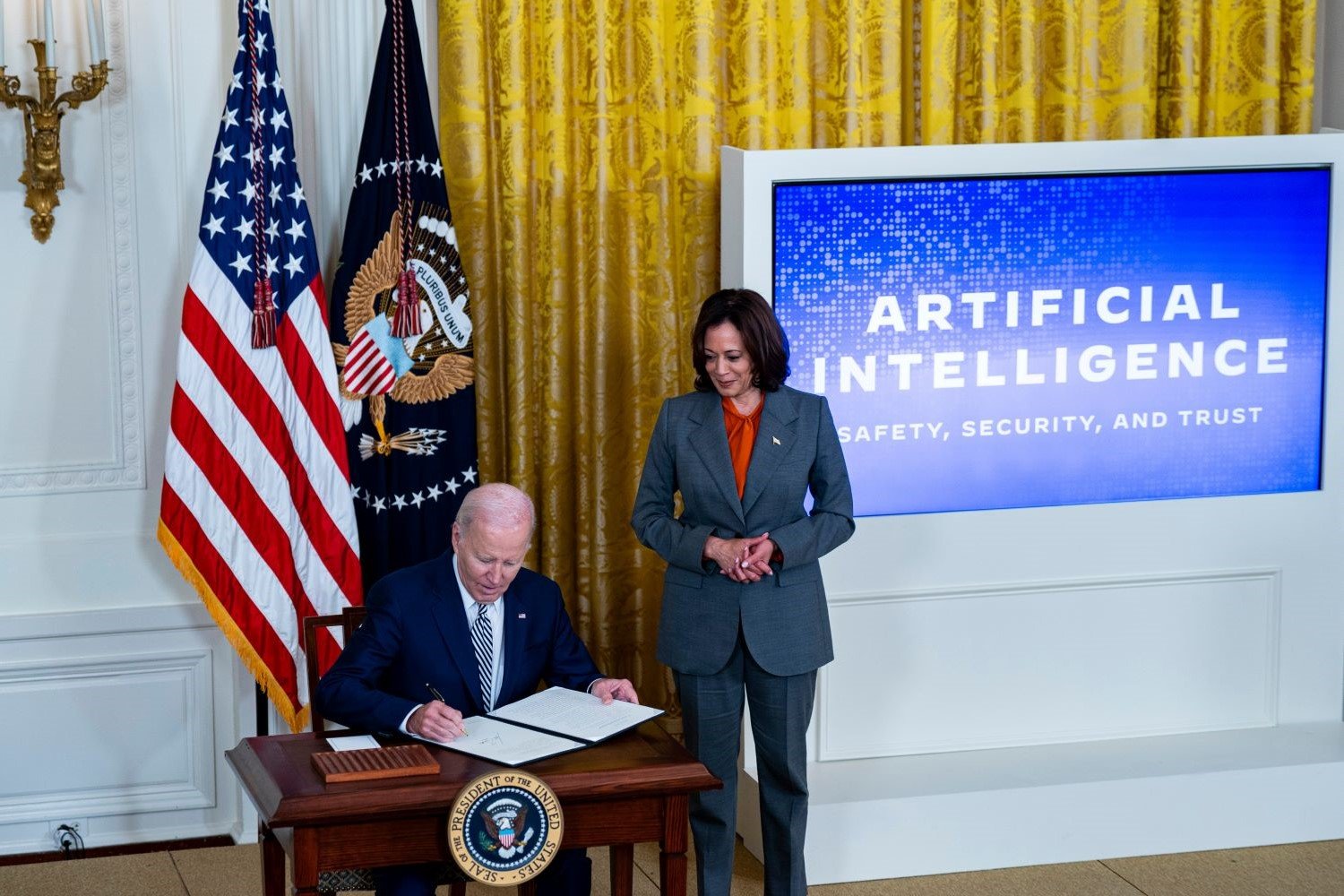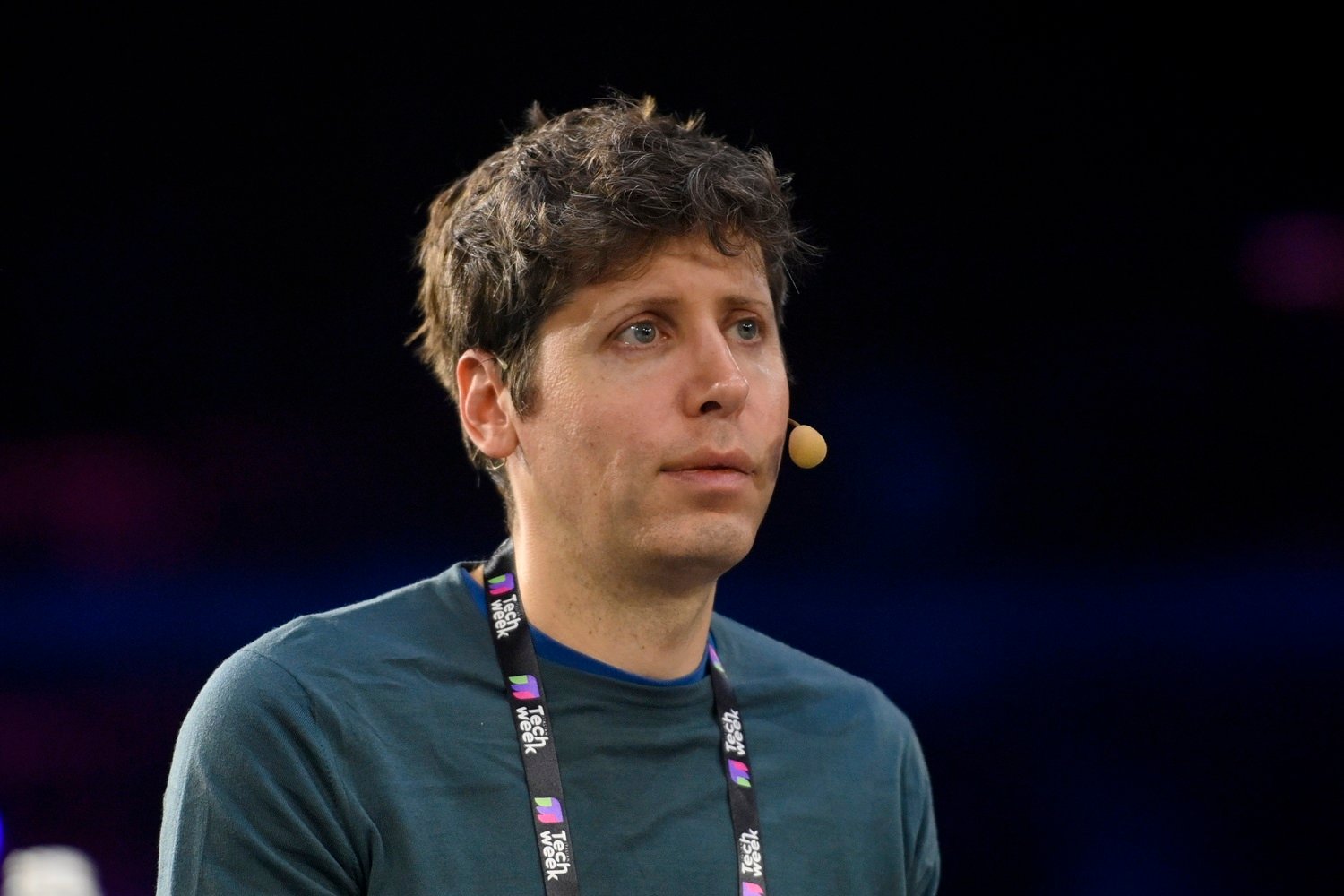Instagram is introducing a groundbreaking feature that will allow users to dramatically alter their videos using generative AI. This new capability, powered by Meta’s Movie Gen AI model, opens up exciting creative possibilities but also raises some important questions.
This innovative tool, slated for release in 2025, promises to give users unprecedented control over their video content. In a recent demonstration, Adam Mosseri, Head of Instagram, showcased the transformative power of Movie Gen AI. He effortlessly changed his appearance, turning himself into a felt puppet in one instance and seamlessly transporting himself from his office to a snowy mountain backdrop in another. He even added a playful hippopotamus that interacted with the camera. Mosseri emphasized that the goal is to empower users to “do anything you want with your videos,” enabling them to modify outfits, change contexts, and explore a vast range of creative ideas.
This development follows closely on the heels of similar announcements from OpenAI and Google DeepMind, highlighting the growing interest and rapid advancement in video generation technology. By integrating these tools into Instagram, Meta demonstrates the practical applications of generative AI within its platforms, aligning with CEO Mark Zuckerberg’s vision of AI integration across the company’s apps, including personalized content feeds tailored to user interests.
While the initial demonstrations of Movie Gen AI are impressive, it’s important to acknowledge that the technology is still evolving. Short clips have shown promising results, but the performance in longer videos remains to be seen. Other video generation models, like OpenAI’s Sora, have encountered challenges such as object disappearance and facial inconsistencies over time.
The potential for creative expression with generative AI on Instagram is undeniable. Users could create entertaining and engaging content in entirely new ways. However, these possibilities come with potential downsides. Concerns about the impact on mental health, especially regarding unrealistic portrayals of life and appearances, are already prevalent on social media. The ability to further manipulate reality with AI could exacerbate these issues.
Furthermore, the spread of AI-generated misinformation is a growing problem. Platforms like Facebook have already seen a proliferation of fake imagery, and the ease of creating and sharing manipulated videos on Instagram could further fuel this trend. The long-term consequences of this phenomenon are still unclear.
In conclusion, the introduction of generative AI to Instagram presents a double-edged sword. It unlocks exciting creative opportunities while simultaneously raising concerns about potential misuse and unintended consequences. As this technology becomes more widely available, it will be crucial to monitor its impact and develop strategies to mitigate potential harms while fostering responsible and beneficial applications.



